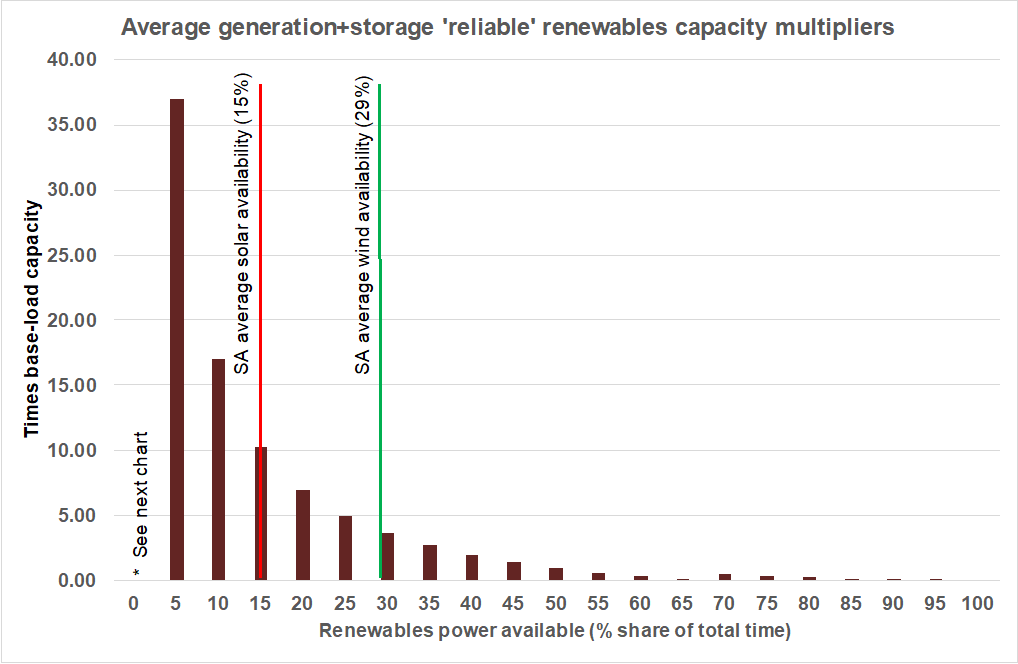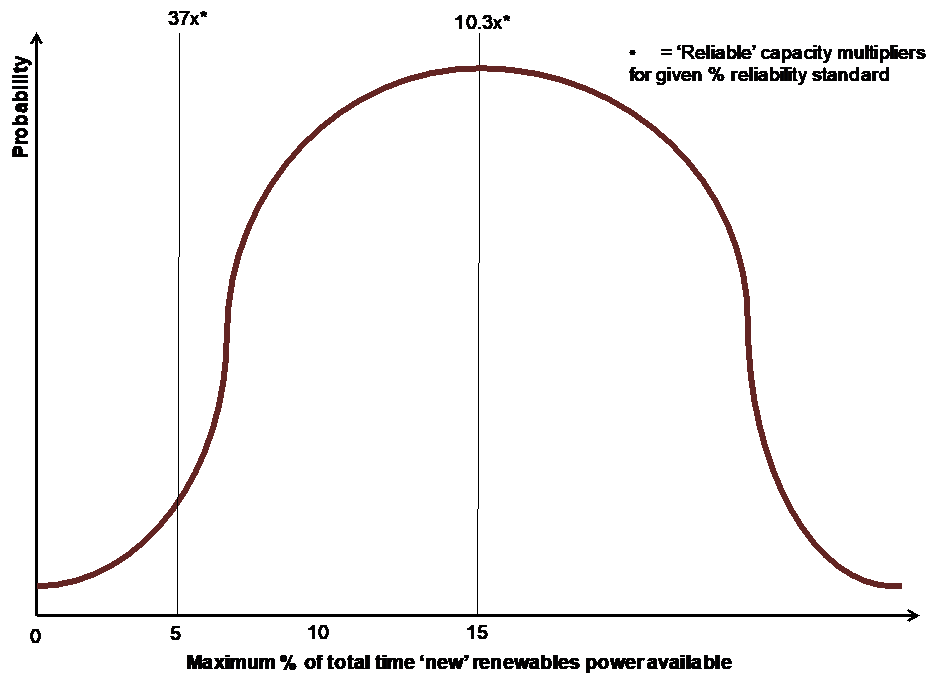Geoff Carmody* 26.07.18
The 'reliable' renewables roulette wheel is spinning as its share of power generation increases. Keep an eye out for an effective downgrading of the current NEM reliability standard if any NE'G' gets the COAG nod. Don't hold your breath for significant or sustained affordability improvements, either.
Advertisement
The Australian Energy Market Operator (AEMO) has released a report proposing Australia's existing coal generators be operated as long as possible to prevent a price surge in the transition to 100% renewables-only power. It says ageing coal generators will deliver the cheapest reliable power for the next 20 years. It 'kicks the coal closure can down the road'. But it reinforces longer-term expectations already favouring 'new' renewables investment (solar, wind, batteries), and against fossil fuels, for generation capacity expansion.
If we eventually replace all current base-load power generation with 'new' renewables, as envisaged by AEMO, what happens to reliability and affordability of our power supply? Focus on reliability: costs follow. The inherent intermittency of solar and wind power is accompanied by uncertainty about when such power will be 'on' or 'off'. The switches determining this – the solar cycle and the weather – are beyond our control.
Averageofficial 'efficiency' ratings for a year, such as those I've previously cited for South Australia for 2016-17, don't tell the full story. Around those 15% ratings for solar, and 29% for wind, there are probability distributions for lower and higher 'efficiency' ratings within-year. For example, very cloudy days may last for many days (ditto very sunny days, of course). Wind cycles, similarly, can vary a lot around yearly averages.
Generation plus storage capacity multipliers needed for given reliability standards, using 100% 'new' renewables as base-load and back-up, are shown in the chart below. This covers reliable renewable power availability from 5% up to 100% of the time (at 100% availability, the 'new' renewables capacity multiplier falls to zero, of course). For example, if power outages cannot exceed 5% – power is reliably available 95% of the time – 'new' renewables generation plus storage must cover situations where their 'efficiency' ratings fall as low as 5%. Average annual 'efficiency' ratings for solar and wind in SA in 2016-17 are also shown.

Around any solar or wind year-average 'efficiency' ratings, there are probability distributions reflecting the inherent uncertainty of 'new' renewables intermittency (see figure below using SA solar in 2016-17 as an example). Higher and lower 'efficiency' ratings within each year are the norm. How should Australian power grids deal with these 'efficiency' variations if, as proposed by the AEMO, they are required to replace all current cheap base-load generation with 'new' renewables?
Advertisement
Enter the quantitative reliability standards set for the NEM. Since 1998, the NEM reliability standard is no more than 0.002% unavailability of power within any grid area each financial year. That's unavailability of 2 MWh out of every 100,000 MWh. This is a challenging standard for non-renewables. For a renewables-only power grid it's impossible. As shown in the chart above and the figure below, if the NEM outage standard is increased 2,500 times from 0.002% to 5%, the required generation plus storage renewables capacity multiplier in a 100% 'new' renewables world is up to 37 times. Delivering 5% (un)reliability costs a lot.
Figure: illustrative probability distribution for SA solar reliability in 2016-17 (% of time available)

Discuss in our Forums
See what other readers are saying about this article!
Click here to read & post comments.
53 posts so far.